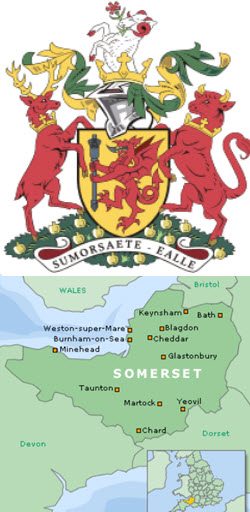The Historical Significance of Dover Castle
Dover Castle, often referred to as England’s most defended fortress, holds a prominent place in British history. Strategically positioned above the White Cliffs of Dover, this iconic structure has been a vital military stronghold from its inception. The castle’s location made it a crucial defensive point against invasions from continental Europe, providing a gateway to the British Isles.
Early History and Construction
The origins of Dover Castle can be traced back to the Iron Age. Its initial purpose was likely as a basic fortification, a precursor to the incredible stronghold that it would later become. The evolution of Dover Castle into its current grand form was significantly influenced during the reign of King Henry II. This transformation began earnestly in the 12th century, marking a period of extensive construction that would see the castle grow into a central piece of England’s defense strategy.
King Henry II envisioned a fortress that would not only deter invasion but also project power and stability to both his subjects and enemies abroad. This led to the construction of a formidable keep, which stands as a testament to the architectural and military advancements of the time. This keep served as both a residence and a military stronghold, a dual-purpose structure critical for controlling the surrounding area and responding to various threats.
Medieval Innovations
Dover Castle showcases a distinctive concentric design, a hallmark of medieval military architecture that emphasizes multiple layers of defense. Such a design was innovative for its time, as it allowed the castle’s defenders to fall back to additional layers of fortifications if the outer defenses were breached. The castle boasted a series of enhancements, each contributing to its formidable defensive capabilities.
A key feature of these innovations was the expansive gatehouse, designed to repel and confuse assailants. Additionally, the inner bailey offered a secure enclosure within the outer defenses where defenders could regroup and fend off attackers. The curtain walls, which surrounded the castle, served not only as physical barriers but also platforms for archers and other defenders. These walls were strategically constructed to resist sieges and delay any advance by enemy forces.
Role in Historical Conflicts
Throughout history, Dover Castle has been involved in several pivotal conflicts, its strategic importance never in doubt. During the Napoleonic Wars, the castle’s role expanded with the addition of tunnels carved into the surrounding cliffs. These subterranean passages served as barracks, offering secure and concealed shelter for soldiers who defended the fortress. This innovative use of the landscape ensured continued military readiness even in times of intense conflict.
The castle’s significance was further cemented during World War II. The existing tunnel network was expanded to accommodate command centers and living quarters, playing host to critical wartime operations. Dover Castle became a centerpiece in the country’s defense strategy, not only as a bulwark against potential invasion but also as a hub for military planning and communication. Its clifftop location provided vantage points for observation and intelligence gathering, which were integral to the war effort.
Modern-Day Relevance
In contemporary times, Dover Castle is meticulously preserved by English Heritage, a testament to its long and storied past. The site is more than just a static monument; it invites visitors to walk through history and experience the grandeur of a fortress that has stood the test of time. Its ancient architecture, coupled with the stories it holds, offers profound insight into the military and political history of England.
The castle is an educational resource, with exhibits detailing its various phases and roles through history. These exhibits are not just about warfare; they also delve into the socio-political landscape of the eras it has endured. This makes Dover Castle a significant cultural asset, providing context and understanding of England’s evolving identity through the ages.
Those interested in exploring further can visit the English Heritage website, which offers detailed information on visiting opportunities, educational materials, and events that bring life to the castle’s storied past.
In summary, Dover Castle stands as a symbol of resilience and adaptation, a fortress that has withstood the challenges of time and conflict. Its impressive structure and strategic relevance draw visitors who seek to connect with an essential piece of England’s legacy. As both a historic monument and a modern-day beacon of education and preservation, Dover Castle continues to captivate and educate all who visit.



